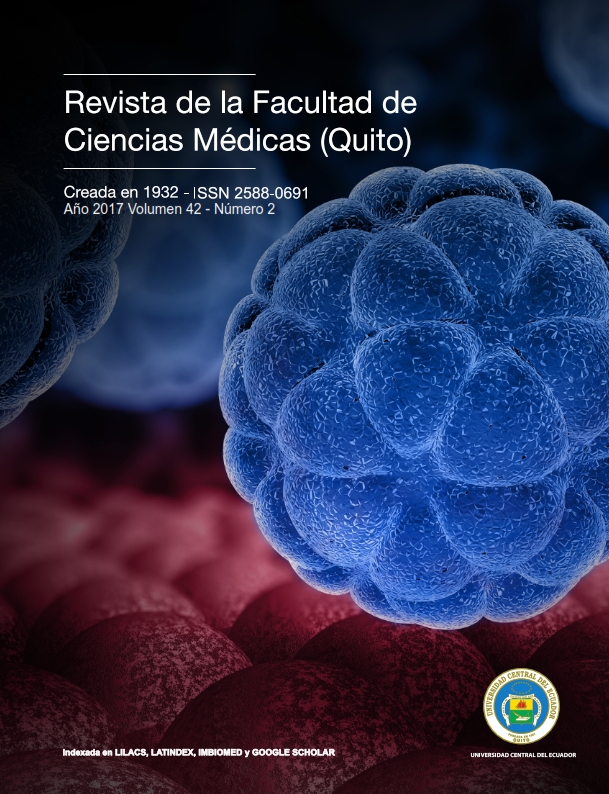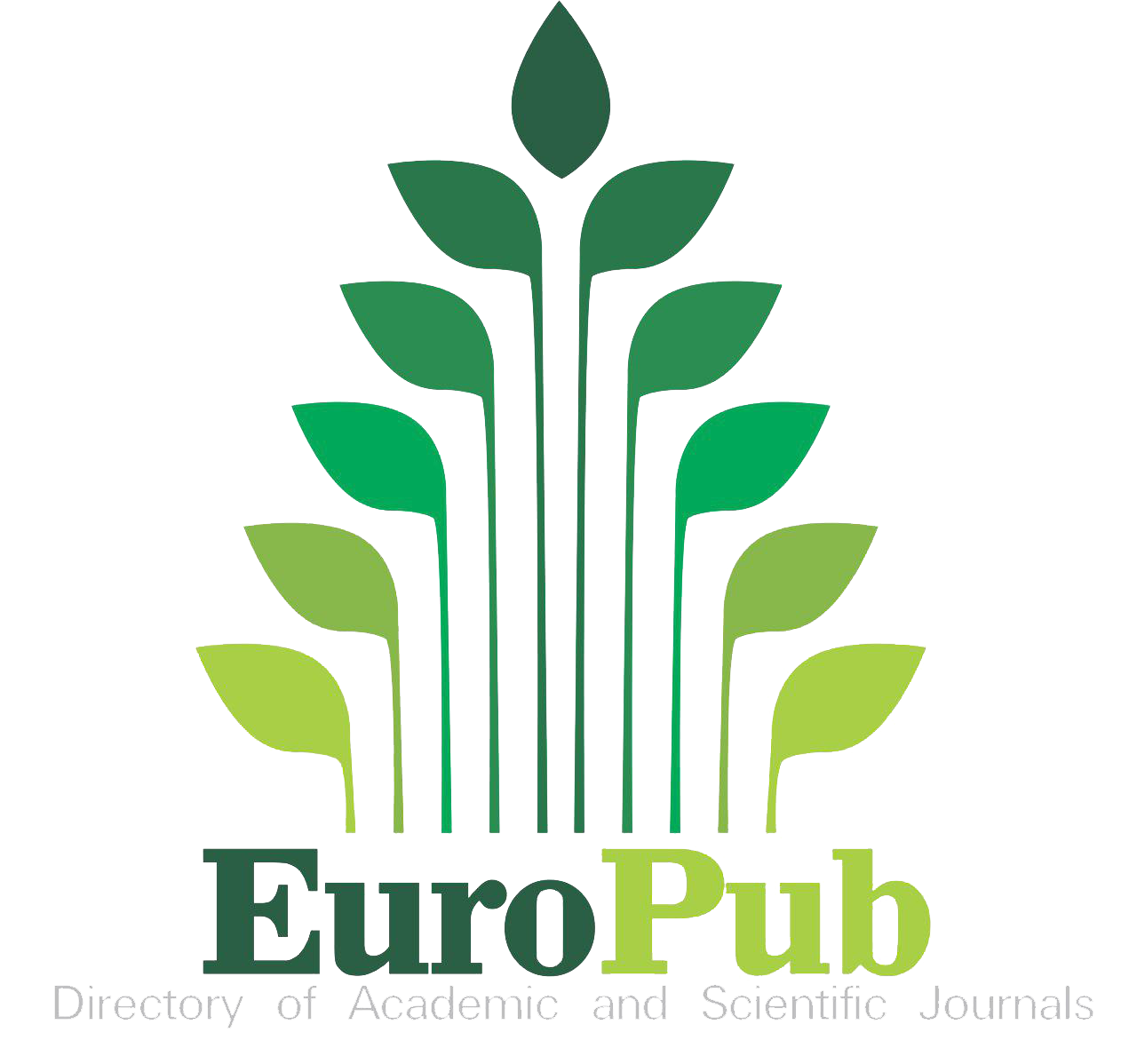Xantoastrocitoma pleomórfico
DOI:
https://doi.org/10.29166/ciencias_medicas.v42i2.1582Keywords:
xanthoastrocytoma pleomorphic, atypical recurrent meningioma, fibrous xanthoma, astrocy-toma grade IIAbstract
The pleomorphic xantoastrocytoma, due to its extreme rarity, carries high complexity in the histo-pathological diagnosis. The clinical case is presented in a male subject, 40 years old, with a history of sei-zures with late presentation, secondary to atypical meningioma grade II located in the left occipital region, resected twice in the course of 6 years. He received full-dose radiation therapy after the second resection. The initial histopathological diagnosis was atypical meningioma grade II. The patient comes to HCAM due to intense holocranial headache and right brachiocrural hemiparesis; In the gadolinium nuclear magnetic resonance studies the growth of a left occipital lesion with perilesional edema that warranted total resec-tion of the lesion through previous
craniectomy was observed. As a macroscopic finding, a violaceous mass is described which infiltrates dura mater lacking a plane of cleavage; The histopathological study details a hypercellular glial neoplasia with diffuse infiltration with intense immunohistochemical reaction for PGAF (glial acidic glial protein), S100 and CD56 in tumor cells, CD34 positive. It was KI67 positive in 3% and P53 weakly positive, compatible with pleomorphic
xantoastrocytoma WHO II.
Downloads
Metrics
References
Gonçalves VT, Reis F, Queiroz Lde S, França Jr M. Pleomorphic xanthoastrocytoma: magnetic resonance imaging findings in a series of cases with histopathological confirmation. Arq Neuropsiquiatr 2013;71(1):35-9.
Kepes JJ, Rubinstein U, Eng LF. Pleomorphic xanthoastrocytoma: a distinctive meningocerebral glioma of young subjects with relatively favourable prognosis. A study of 12 cases. Cancer 1979; 44:1839-1852.
Crespo-Rodríguez AM, Smirniotopoulos JG, Rushing EJ. MR and CT imaging of 24 pleomorphic xan-thoastrocytomas (PXA) and a review of the literature. Neuroradiology 2007; 49:307-315.
Fouladi M, Jenkins J, Burger P, et al. Pleomorphic xanthoastrocytoma: favorable outcome after com-plete surgical resection. Neuro Oncology 2001; 3:184-192.
Palma L, Maleci A, Lorenzo ND, Lauro GM. Pleomorphic xanthoastrocytoma with 18-year survival. J Neurosurg 1985; 63:808-810.
Tan TC, Ho LC, Yu CP, Cheung FC. Pleomorphic xanthoastrocytoma: report of two cases and review of the prognostic factors. J Clin Neurosci 2004; 11:203-207.
Perkins SM, Mitra N, Fei W, Shinohara ET. Patterns of care and outcomes of patients with pleomorphic xanthoastrocytoma: a SEER analysis. J Neuro Oncol 2012; 110(1):99-104.
Giannini C, Scheithauer BW, Burger PC, et al. Pleomorphic xanthoastrocytoma: what do we really know about it? Cancer 1999; 85:2033-2045.
Furuta A, Takahashi H, Ikuta F, Onda K, Takeda N, Tanaka R. Temporal lobe tumor demonstrating gangli-oglioma and pleomorphic xanthoastrocytoma components. Case report. J Neurosurg 1992; 77:143-147.
Lach BL, Duggal N, DaSilva VF, Benoit BG. Association of pleomorphic xanthoastrocytoma with cortical dysplasia and neuronal tumors. A report of three cases. Cancer 1996; 78:2551-2563.
Grant JW, Gallagher PJ. Pleomorphic xanthoastrocytoma: immunohistochemical methods for differen-tiation from brous histiocytomas with similar morphology. Am J Surg Pathol 1986; 10:336-341.
Maryam Fouladi AT. Pleomorphic xanthoastrocytoma: favorable outcome after complete surgical re-section. Neuro Oncology 2001; 3:184–192.











